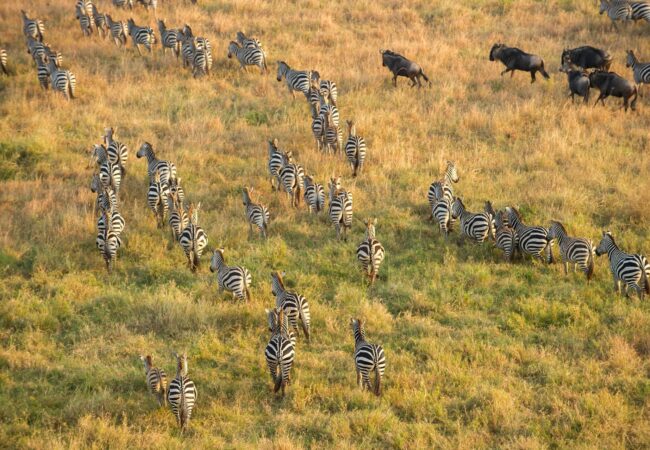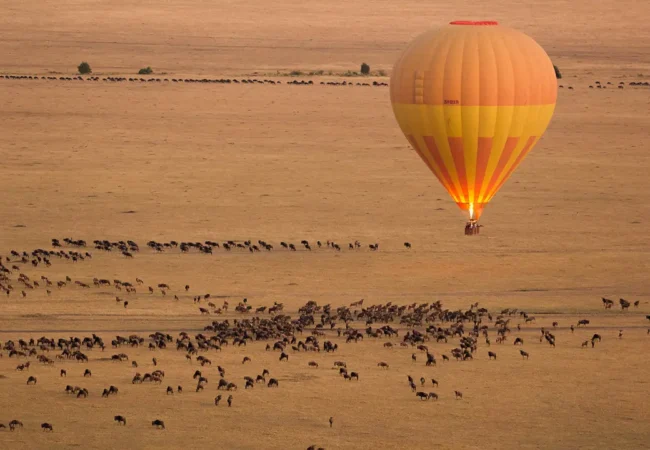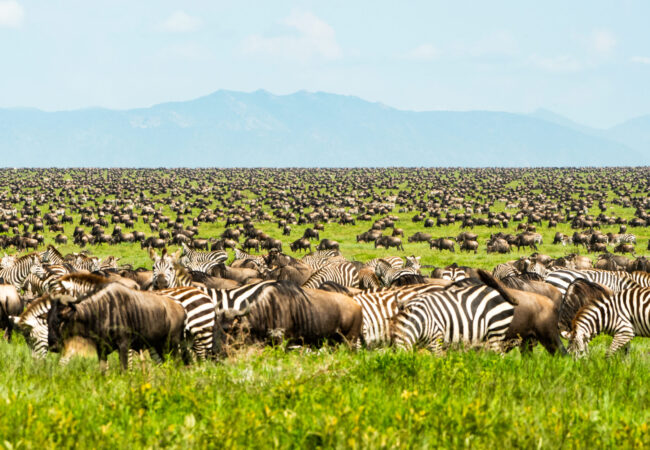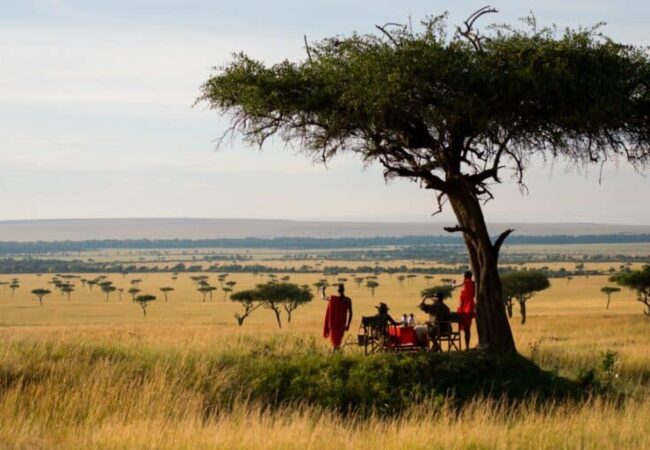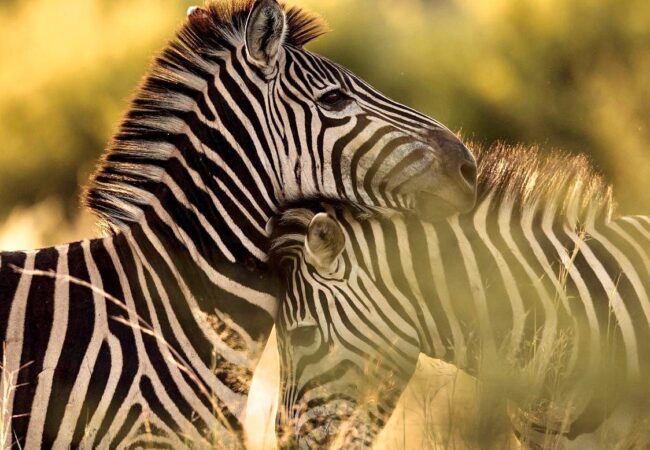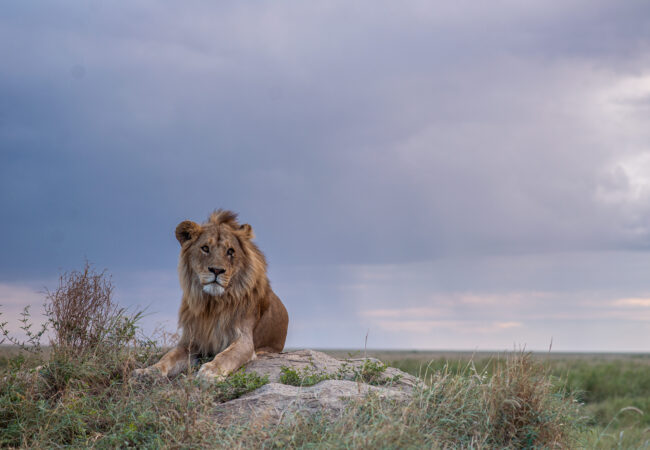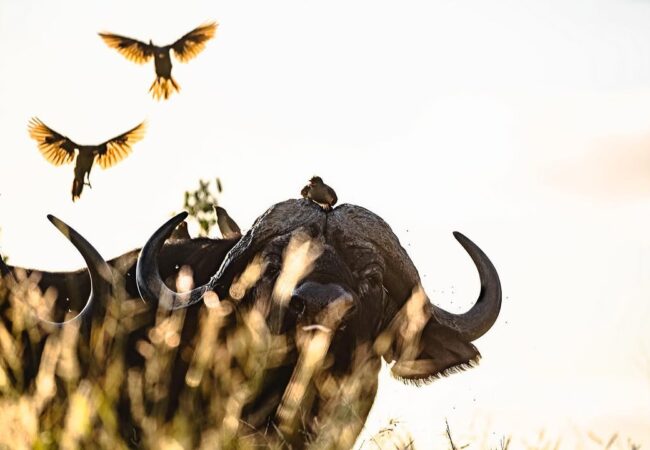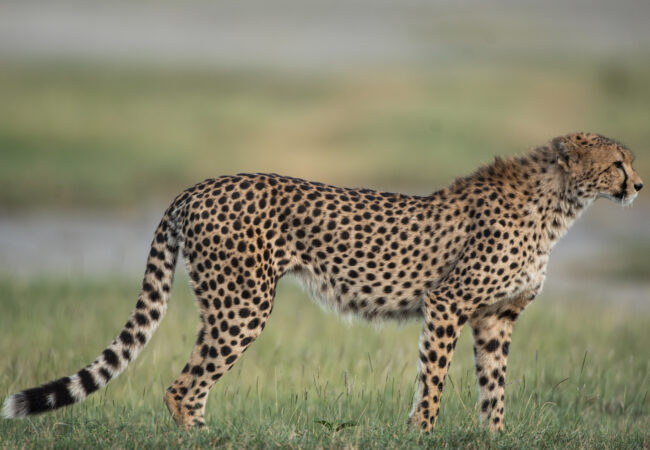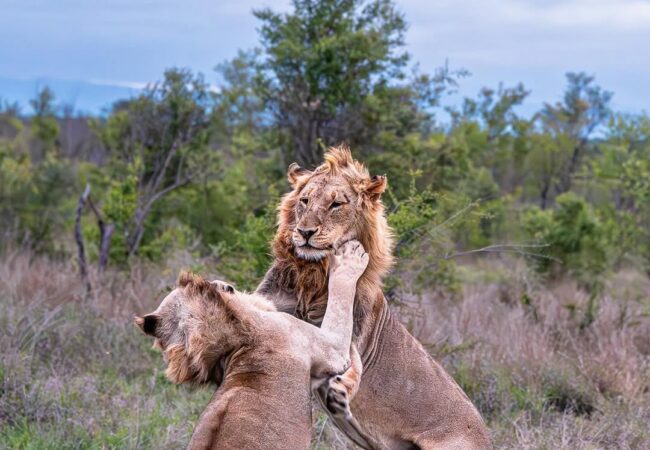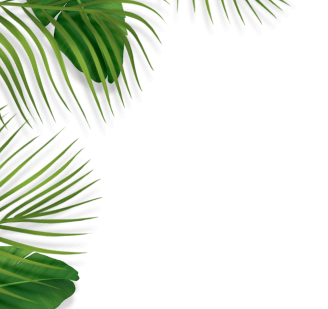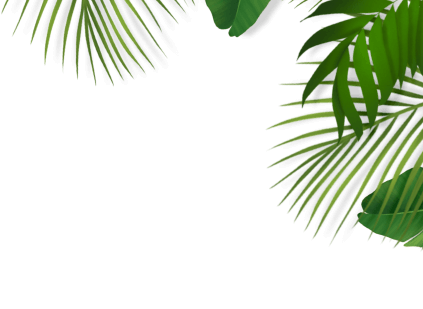Introduction: A Quiet Giant Among Giants
Often overshadowed by its more famous neighbors like Serengeti and Ngorongoro, Tarangire National Park remains one of Tanzania’s most underrated and soulful safari destinations. Known for its massive elephant herds, iconic baobab-studded landscapes, and a sense of untouched wilderness, Tarangire is a park that surprises, enchants, and lingers in your memory long after you’ve left.
Covering an area of 2,850 square kilometers, Tarangire is a sanctuary not just for wildlife, but for those who seek a deeper, more intimate connection with nature—away from crowds and closer to the raw beauty of Africa.
Location and Landscape: The Heart of the Maasai Steppe
Tarangire lies in northern Tanzania, about 120 km southwest of Arusha, making it a convenient stop on the northern safari circuit. It’s bordered by the Maasai Steppe and the Great Rift Valley, and forms part of a much larger ecosystem that includes seasonal migration corridors extending into Lake Manyara and beyond.
🌍 Key Features of the Landscape:
- The Tarangire River: Lifeline of the park, flowing year-round and attracting wildlife during dry months.
- Baobab Forests: Towering ancient trees, some over 1,000 years old, dot the plains and provide stunning photographic backdrops.
- Seasonal Swamps and Acacia Woodlands: Home to rare and migratory species, particularly during the wet season.
- Open Savannahs and rolling hills that shimmer in the Tanzanian sun.
Wildlife in Tarangire: A Safari Sanctuary
Despite its modest fame, Tarangire boasts some of the highest concentrations of wildlife in northern Tanzania, especially during the dry season (June to October).
🐘 1. Elephant Capital of Tanzania
Tarangire is renowned for having one of the largest elephant populations in East Africa. Herds of up to 300 elephants can be seen congregating around the riverbanks—drinking, socializing, and mud-wallowing. Their presence defines the park’s spirit.
🐆 2. Big Cats and Predators
While not as densely populated with predators as the Serengeti, Tarangire is home to:
- Lions (often seen lounging under acacia trees)
- Leopards (typically found in denser thickets)
- Cheetahs, though rarer, patrol the open plains
- Spotted hyenas, jackals, and the elusive caracal also make appearances
🦓 3. Rich Herbivore Diversity
- Wildebeest, zebra, giraffe, waterbuck, eland, and hartebeest graze the plains
- Buffalo herds roam across multiple zones
- Warthogs and impalas are common throughout the year
🦏 4. Birding Paradise
Tarangire is a birdwatcher’s haven with over 550 bird species recorded. Expect to see:
- Yellow-collared lovebirds
- Ashy starlings
- Kori bustards
- Hornbills, bee-eaters, and vultures
Many species found here are endemic or rarely seen elsewhere in Tanzania.
Unique Experiences in Tarangire
🌅 1. Dry Season Migration (June–October)
When water sources dry up across the Maasai Steppe, animals flock to the Tarangire River—making this park one of the best wildlife viewing spots during this time.
You’ll witness elephants digging for water, zebra trails carving through the dust, and predators lying in wait.
🚶♂️ 2. Walking Safaris
Few parks in northern Tanzania allow it, but Tarangire offers guided walking safaris, bringing you eye-to-eye with nature. These walks explore smaller details—tracks, plants, insects—and offer a new perspective on the bush.
🌌 3. Night Game Drives
Unlike many parks where safaris end at sunset, Tarangire allows night drives in certain areas—revealing nocturnal wonders like:
- Bush babies
- Genets
- Porcupines
- Civets
- Occasionally, leopards and aardvarks
🏕 4. Fly-Camping & Bush Dining
Adventurous travelers can opt for fly-camping—sleeping under the stars with just a mosquito net between you and the sky. Bush dinners by firelight create magical moments deep in the wilderness.
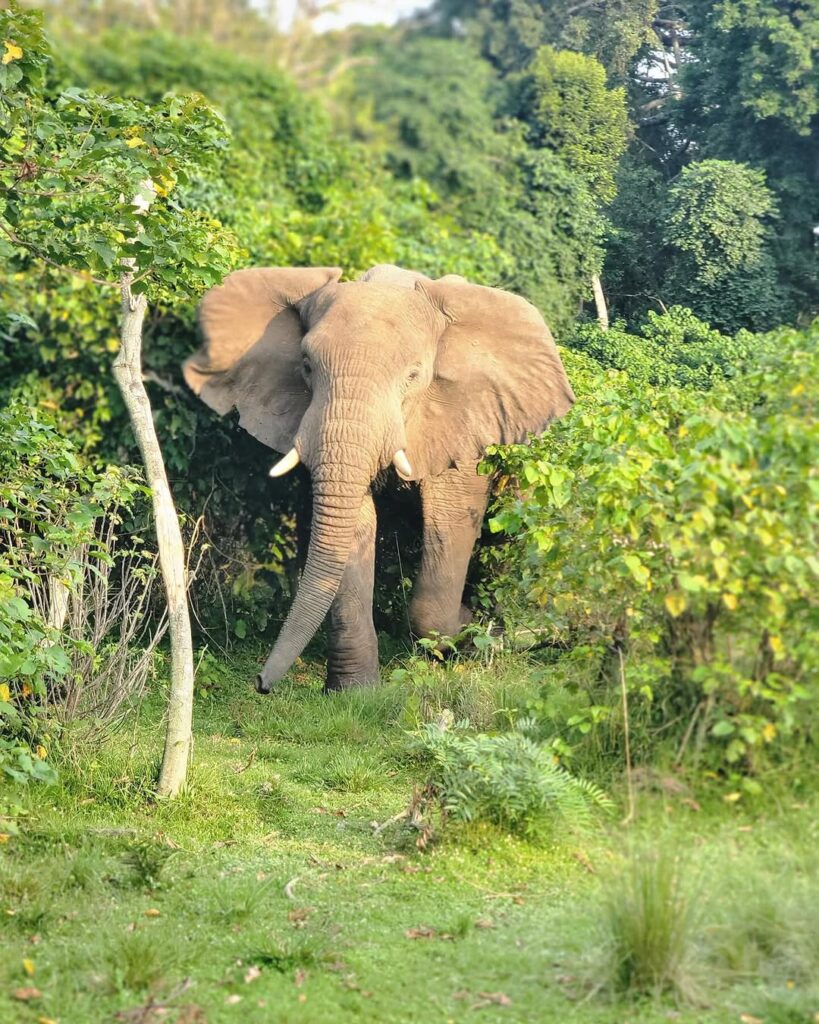
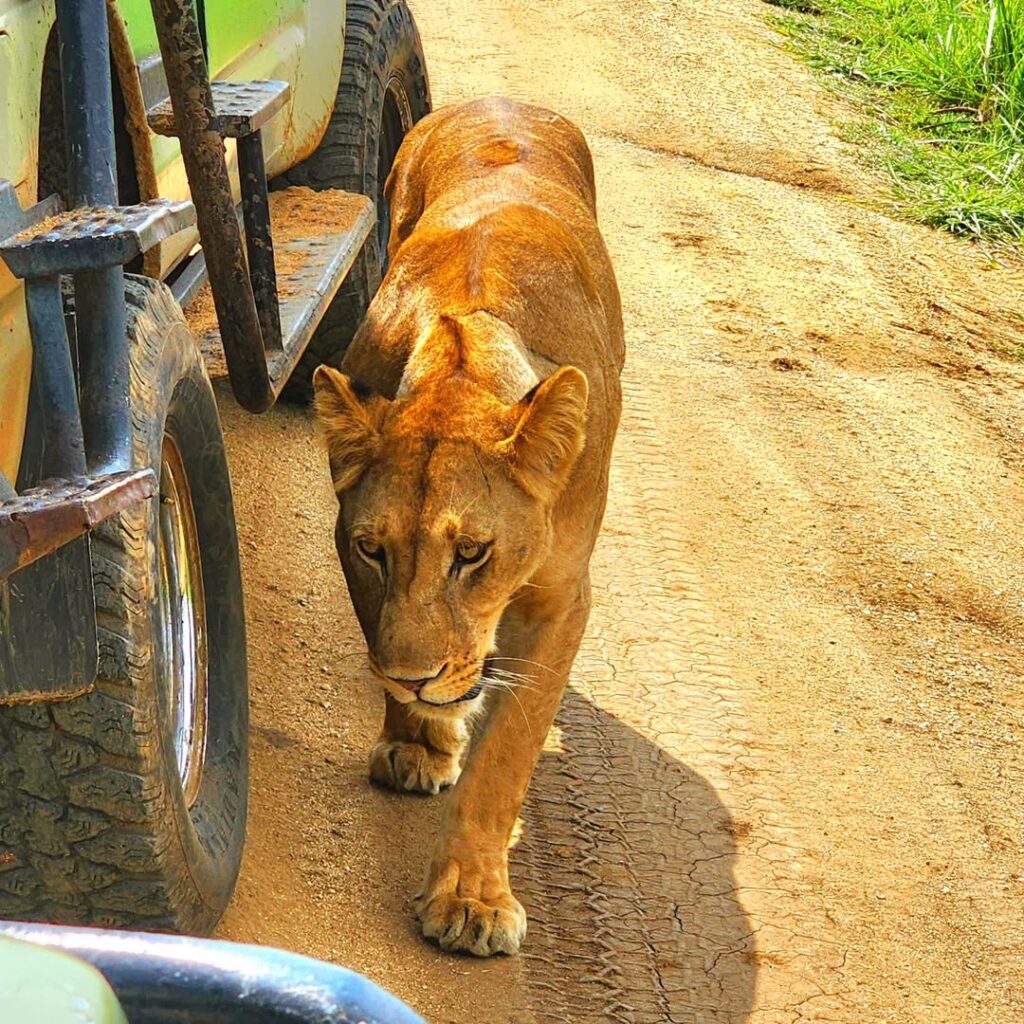
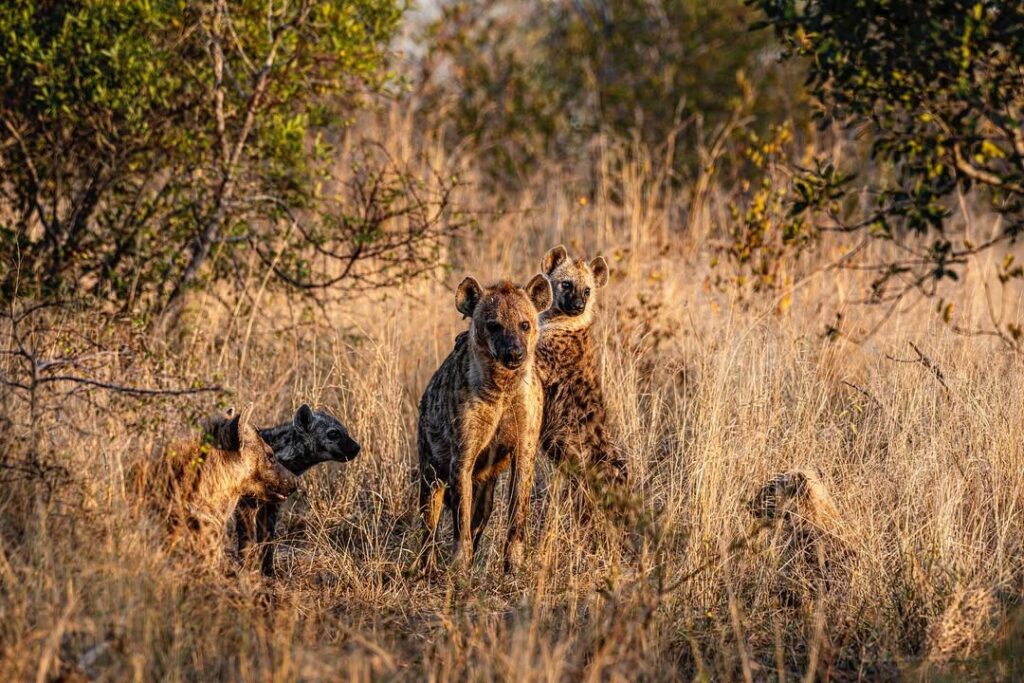
When to Visit Tarangire National Park
Best Time (Dry Season: June – October)
- Massive herds congregate around the Tarangire River
- Best chance to see big game in large numbers
Green Season (November – May)
- Lush, green landscapes
- Fewer tourists and good birdwatching
- More difficult to spot wildlife, but beautiful for photography

